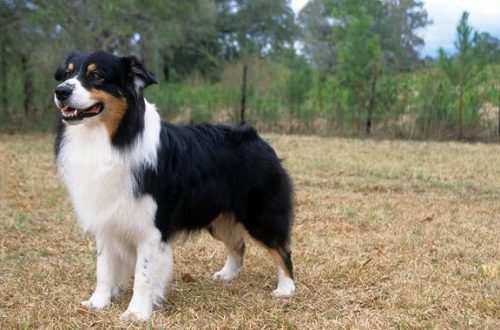How much the Ocean World fascinates us all, that much of horror and danger hide beneath that beauty and fascination.
Due to the many dangerous underwater predators, sometimes the bright blue waters turn to dark blood red just in seconds. However, the most dangerous among them all is, the black and white horror of the oceans, Killer Whale.
Killer Whale or some calls them Orcas, these mammals are the largest species of the Dolphin family. However less common in tropics and more habitual in cold latitudes, these predators live in the waters of every ocean in the world.
Being a very beautiful creature with Black and White skin, the looks of this creature will definitely deceive you with his behavior and the general nature. With strong chewing muscle and solidly built head, one bite from a Killer whale with his 44 of each 13cm long teeth can make a huge damage to whomever faces him in a battle. With his sharp hearing and use of sonar like technology to detect his prey even from far depths of the water, put Killer Whale on top of the food chain, though his eyesight is much weaker similar to most of the sea creatures.
Orcas are very characteristic as the shape and the color of their black and white pattern is mostly individual. This gives the humans capable in identifying a Killer Whale from one another.
A Killer Whale usually eats 50 – 100 Kgs of food daily. Categorized into two types of Resident and Transit, Resident Whales are mainly eats fish and comparatively more peaceful. But it’s not the case with Transit Whales, they are much aggressive and more blood thirsty. Due to the habit of Transit Whales hunting other marine mammals, the species got the initials ‘Killer’ in front of their name.
Working as a team, Orcas usually creates waves to wash out their prey into the water. Seals and Penguins being their favourite prey, they usually enjoy the hunt as they’re very organized in what they do. It’s quite amazing to watch how smooth and calm when they work as a team and hunt together.
Sometimes they try hunting other whales too, even larger ones such as Bow-head Whales and Great Whales. They don’t mind the prey being larger than them as long as they work together and get the work done. With fierce quick attacks it’s just a matter of time the larger fish become the food for the predator. Moving at a speed 5kms/h, Killer Whales usually roams in a pod of 5 – 15 individuals. While hunting they’re remarkably quiet and always make sure they don’t break the formation. They are well coordinated and well-planned hunters as each member knows exactly what their part in the play is.
A quite intelligent marine mammal, Orcas teach their cubs how to hunt from a very early age. It’s just their nature and how they survive, not meaning that they are cruel and evil.
A lifespan of an Orca is usually measured for about 90 years. So, in a pod there can be several generations living together. An Orca family is usually maternal, hence many males leaves for other groups in search of a partner. However, once the mating is done, they always return to their original group, to their mothers. Which means, in a Killer Whale family, there won’t be fathers but brothers and uncles who have their own children lives in another group.
Interesting fact about Orcas is that each group has their own language, and this consist of repetitive and specific types of sounds which continues for a long period of time. Similar to human languages from different corners of the world, a killer whale cub growing up learning the exact same set of sounds (or simply saying; their language) which his/her mother and the rest of the group communicate with.
With less information about the reproductive system of the Killer Whales, it has been identified that an Orca becomes sexually mature at the age of 12 – 14 and the period between birth is around 2-3 years.
Being very developed and intelligent creatures, Orcas tend to understand the mental superiority of the human and threats they can pose if attacked. Hence Orcas attacking humans is rarely heard.
Orcas being hugely captured for entertainment at Theme Parks and Zoo Parks, most of these captured creatures develops various diseases while on captivity inside limited spaces. Most of the times they became obese and Dorsal fins of most male’s bends to one side.
If you’ve seen the 1993 American family drama film ‘Free Willy’, you might see how intelligent these creatures and how friendly they can be if treated well.





